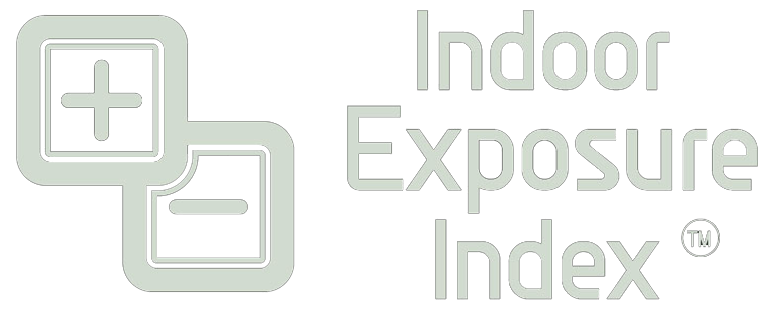The Case for an Exposure Index for Indoor Air Quality
Though sunshine, like air, is life sustaining, elements of sunlight, specifically ultraviolet (UV) radiation, can be harmful. In the early 1990s, scientists, the World Health Organization, and the World Meteorological Organization developed the UV Index as a way to protect public health by measuring possibly skin-damaging ultraviolet (UV) radiation levels at a given location, date and time.
While the UV Index from zero to 11 — for low to extreme UV levels — does not link the index number with a direct health outcome (e.g., skin cancer), it provides guidance so people can protect themselves based on their level of vulnerability (e.g., fair-skinned people may want to stay indoors or apply a high-SPF sunscreen.)
Similarly, the US EPA established the Air Quality Index (AQI) in 1976 to report outdoor levels of ground-level ozone, particulate matter (PM2.5 and PM10), carbon monoxide, sulfur dioxide, and nitrogen dioxide, so people could understand when levels of pollutants might be harmful to them based on their vulnerability (e.g., asthma, COPD, allergies) and take protective steps.
The Environmental Protection Agency (EPA) has long utilized the Air Quality Index (AQI) to provide the public with reliable information about outdoor air quality. This raises an intriguing question: Does it make sense to develop a similar exposure index for indoor air quality, weighted for certain air pollutants?
Indoor vs. Outdoor Air Quality
Indoor air quality (IAQ) is an increasingly important concern, given that most people spend the majority of their time indoors, whether at home, work, or school. Unlike outdoor air, indoor environments can trap pollutants, sometimes leading to higher concentrations. Common indoor pollutants include volatile organic compounds (VOCs), formaldehyde, indoor particulate matter, and biological contaminants like mold and bacteria.
The Need for an Indoor Air Quality Index
Creating an exposure index specific to indoor air quality has significant merit. Such an index could serve as a vital tool for:
- Public Awareness: Just as the AQI has educated the public about the health implications of outdoor air, an indoor air quality index could inform people about the potential dangers lurking inside their homes and workplaces.
- Health Protection: By identifying and quantifying pollutants commonly found indoors, individuals can take specific actions to mitigate risks, such as using air purifiers, improving ventilation, or eliminating sources of pollutants.
- Standardized Measurements: An indoor index could provide a standardized way to measure and compare IAQ, promoting better building designs and maintenance practices aimed at improving indoor environments.
Weighting for Specific Pollutants
An effective indoor air quality index should be weighted to reflect the unique impact of various indoor pollutants. Factors to consider include:
- Toxicity Levels: Some pollutants are more harmful than others even at lower concentrations. For example, formaldehyde and certain VOCs can have significant health impacts at minimal exposure levels.
- Exposure Duration: Indoor pollutant exposure tends to be prolonged, as people spend substantial time indoors. The index should account for the potential cumulative effects of long-term exposure.
- Vulnerability of Populations: Certain groups, such as children, the elderly, and individuals with pre-existing health conditions, may be more susceptible to indoor air pollutants. The index should consider these vulnerabilities in its weighting system.
Challenges in Implementation
Several challenges must be addressed to develop a robust indoor air quality index:
- Data Collection: Collecting accurate and comprehensive IAQ data can be difficult. This requires widespread deployment of advanced air quality sensors capable of monitoring a variety of pollutants.
- Standardization: Establishing standardized methods for measuring and reporting indoor air quality is essential to ensure consistency and reliability across different settings.
- Public Communication: Just as with the outdoor AQI, communicating complex air quality data in a simple, understandable manner to the public will be crucial for widespread adoption and effectiveness.
Conclusion
Given the success of the EPA’s outdoor air quality index, a similar exposure index for indoor air quality, weighted for specific pollutants, could provide substantial public health benefits. By raising awareness, protecting health, and promoting better indoor environments, such an index could be a valuable addition to our efforts to ensure clean air for all. As we continue to recognize the importance of the air we breathe indoors, the development and implementation of an indoor air quality index will likely become an essential aspect of environmental health initiatives.

Comments (0)